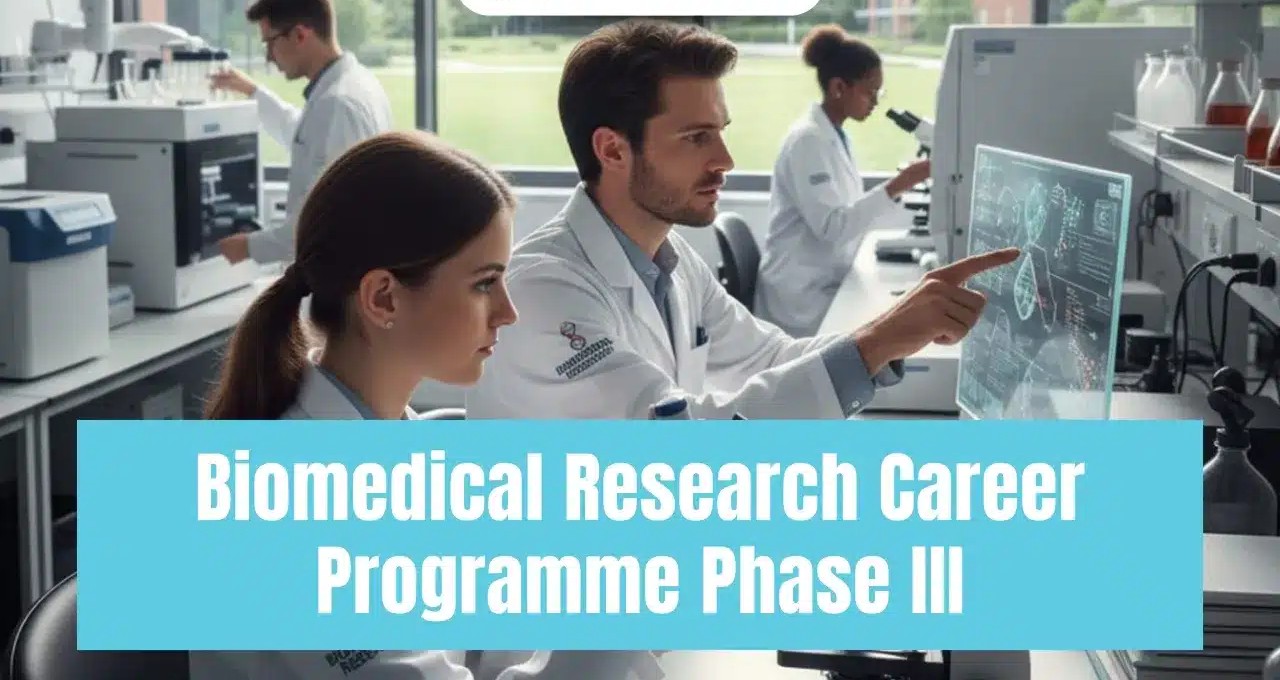The Reserve Bank of India conducted a 3-day Variable Rate Repo (VRR) auction targeting Rs 50,000 crore but received bids worth Rs 37,929 crore. The RBI allotted the entire bid amount at a weighted average cut-off rate of 5.51%, reinforcing liquidity management amid evolving economic conditions.
The Reserve Bank of India (RBI) recently conducted a 3-day Variable Rate Repo (VRR) auction, aiming to inject liquidity into the banking system by offering Rs 50,000 crore in cash at a flexible interest rate. However, the auction attracted bids totaling Rs 37,929 crore, short of the notified amount. Despite this, the RBI allotted the entire bid amount at a cut-off rate of 5.51%, marking the weighted average rate for the auction.
Key highlights of the auction include:
The VRR auction mechanism allows banks to borrow funds from the RBI against government securities at a variable interest rate, enabling efficient liquidity management.
The 3-day tenure of the auction makes it a medium-short term liquidity tool, balancing the system's cash needs without committing to long durations.
The cut-off rate of 5.51% indicates the interest rate at which the RBI accepted bids, aligning closely with current monetary policy rates to maintain stability.
Receiving bids worth Rs 37,929 crore, though below the notified Rs 50,000 crore, reflects a measured demand by banks amid the evolving liquidity environment.
RBI’s strategy in conducting such auctions is part of ongoing efforts to manage surplus liquidity, which currently hovers around targeted ranges to ensure smooth transmission of policy rates to the wider economy.
The auction’s smooth execution and full allotment of bids demonstrate RBI’s commitment to balancing liquidity while managing borrowing costs for banks.
This event comes amid broader monetary policy stability, with the repo rate steady at 5.5%, and emphasizes RBI’s proactive use of variable rate instruments to tweak liquidity infusion as conditions evolve.
Investors and market participants will watch the auction outcomes as indicators of liquidity flows and central bank responses to economic shifts. The VRR tool remains vital for sustaining orderly money markets and supporting credit growth in India.
Sources: Reserve Bank of India official statements, Market Screener, Economic Times, The Hindu Business Line






